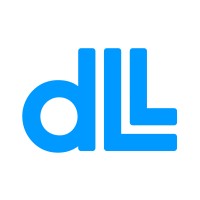
DLL
DLL is a global asset finance company for equipment and technology with a managed portfolio of more than EUR 44 billion. Founded in 1969 and headquartered in Eindhoven, the Netherlands, DLL provides financial solutions within the Agriculture, Clean Energy, Construction, Food, Healthcare, Industrial, Office Equipment, Technology, and Transportation industries in more than 25 countries. The company partners with equipment manufacturers, dealers, distributors, as well as end users, to enable businesses to access equipment, technology, and software more easily. DLL is committed to a more sustainable future for the environment and the communities in which it operates. To advance on this commitment, the company has embedded sustainability into its business strategy. DLL combines customer focus and industry knowledge to provide financial solutions for the complete asset life cycle, including commercial finance, retail finance and used equipment finance. DLL is a wholly owned subsidiary of Rabobank Group.






